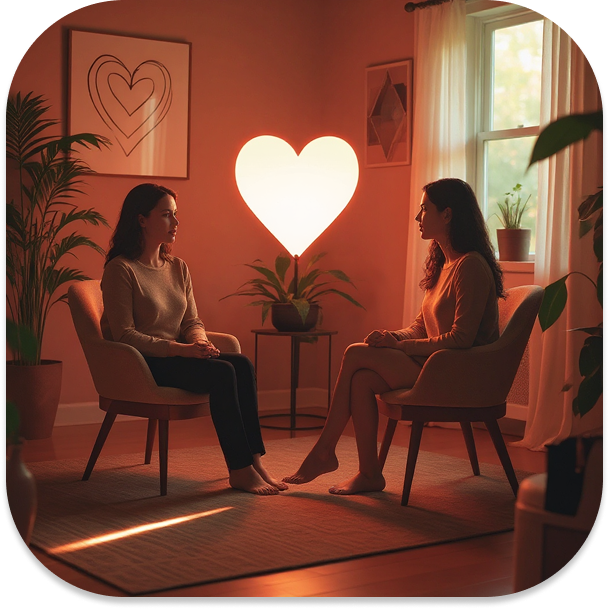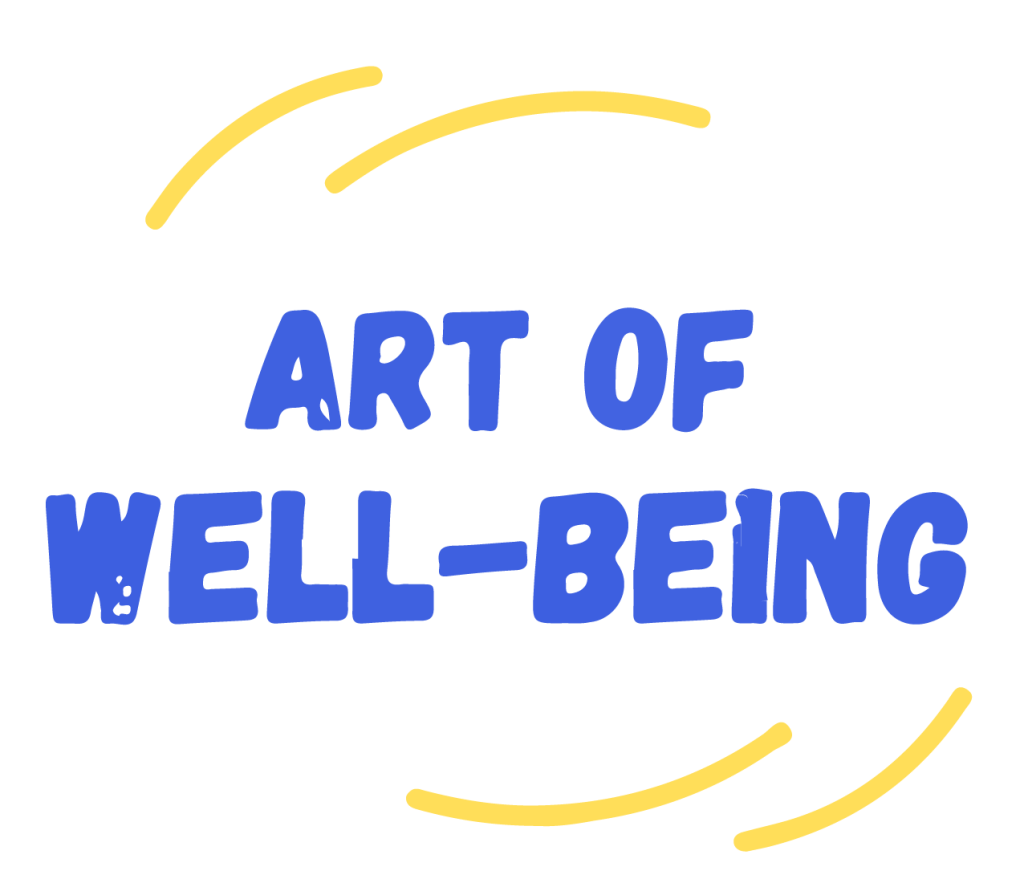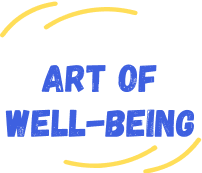Art Therapy
Through art-making, clients can:
- Manage anxiety, depression, and stress
- Improve self-awareness and self-esteem
- Strengthen interpersonal and communication skills
- Develop executive functioning skills like planning and focus
- Gain insight and work through emotional challenges

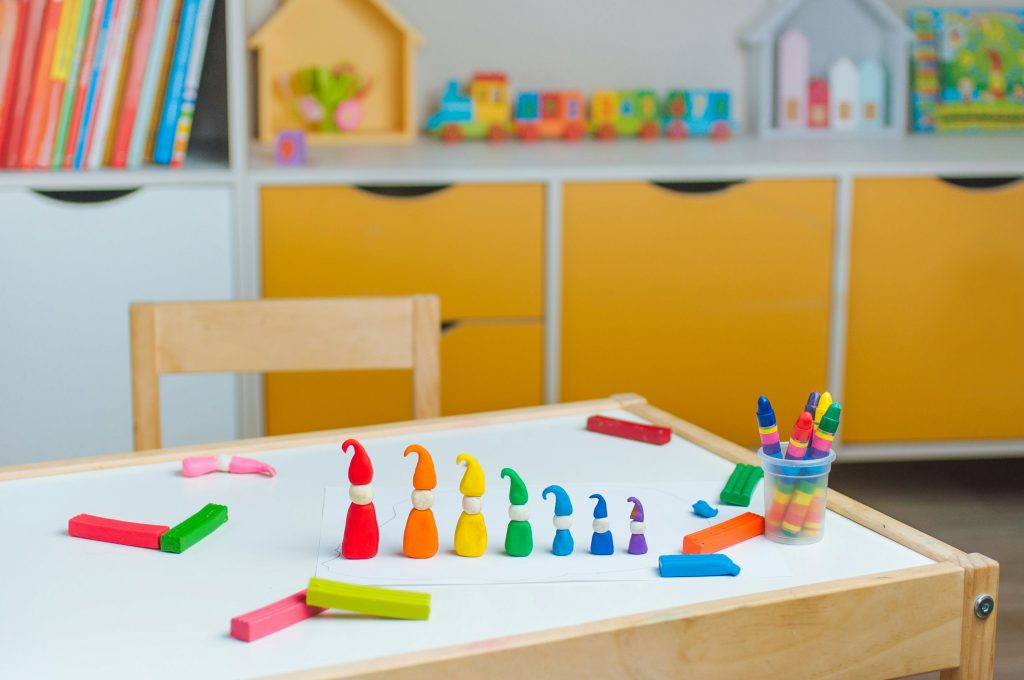
What does art therapy look like?
- Drawing and Painting
- Collage and Journaling
- Jewlery Making, Sewing. Embroidery
- Crafts, Wall Hangings, Tie-Dye
- Poetry and Creative Writing
Each project is chosen with the client’s interests and goals in mind. For some, art becomes a tool to express emotions that are hard to verbalize. For others, it’s a space to practice focus, impulse control, and organization—especially helpful for those with ADHD or executive functioning challenges. Importantly, art-making is optional in Art Therapy. Some sessions may include creative work, while others focus on talk therapy, reflection, or mindfulness—clients are always in control of their process.
Who Can Benefit from Art Therapy?
Art Therapy can be beneficial for anyone feeling overwhelmed, stuck, or in need of a new way to explore their emotions. It is especially helpful for individuals who:
- May not yet have the words to express what they’re feeling or experiencing
- Are navigating anxiety or depression
- Live with attention and/or hyperactivity challenges (ADHD)
- Are working through trauma or PTSD
- Are coping with grief and loss
- Are managing eating disorders
- Are struggling with relationship difficulties or obsessive thoughts
Whether facing a specific challenge or simply looking for a creative outlet for self-discovery, Art Therapy offers a gentle, empowering path toward healing and growth.
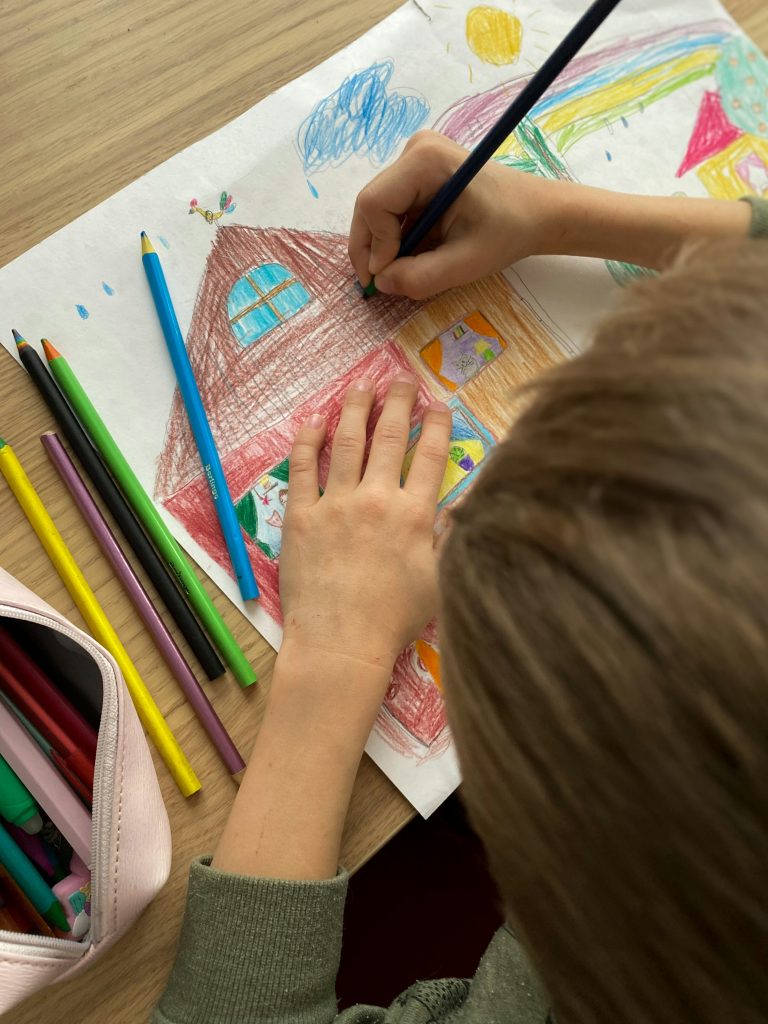
Mental Health Benefits of Art Therapy
Emotional expression and release
Self-discovery and insight
The creative process can bring subconscious thoughts and emotions into awareness, helping individuals understand themselves more deeply.
Self-esteem and confidence
Stress relief
Executive functioning support:
The Heart of Art Therapy
